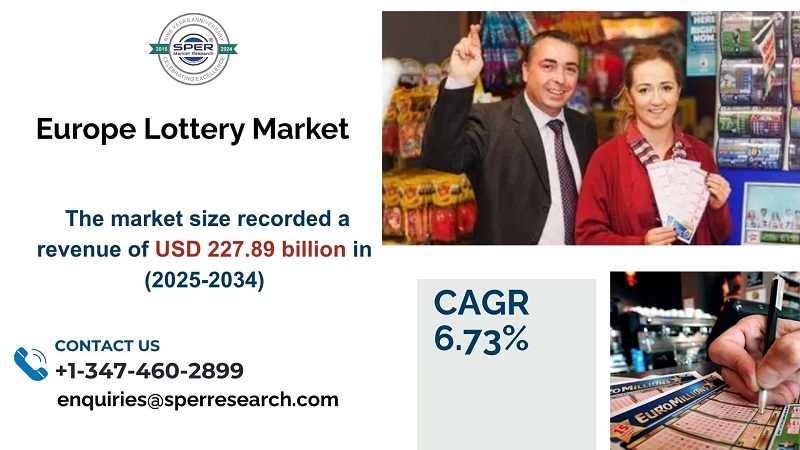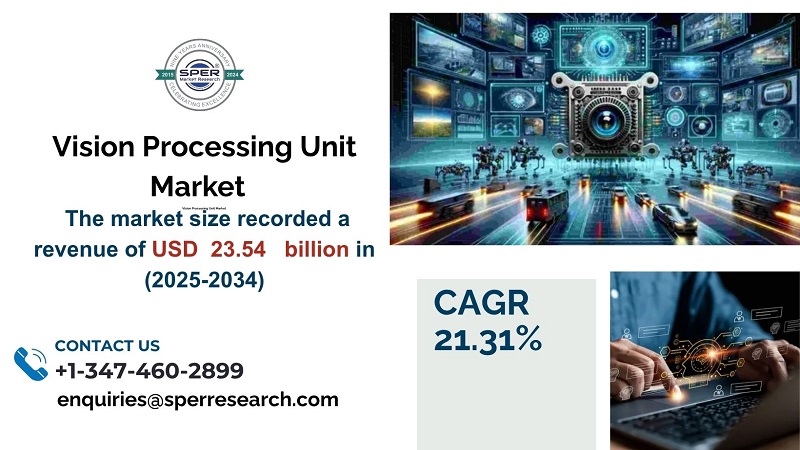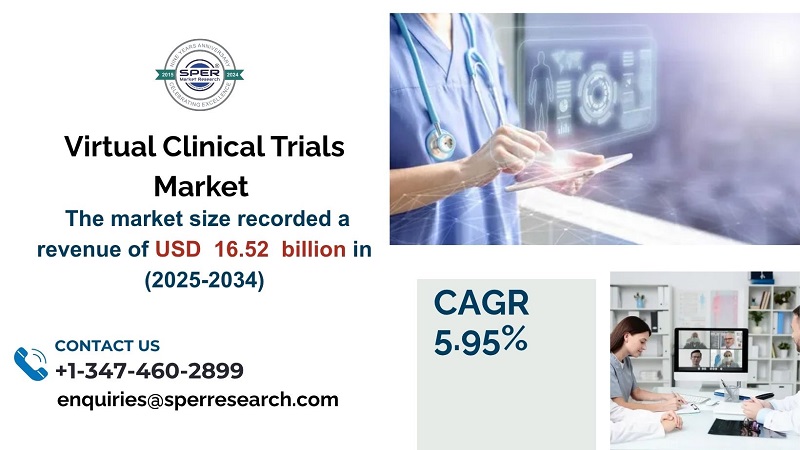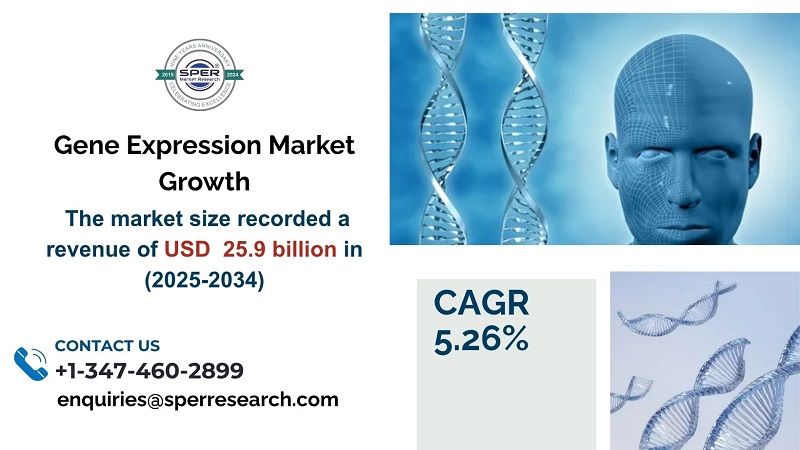Orthopedic surgical planning software refers to a category of medical applications designed to aid orthopedic surgeons in the preparation and execution of surgeries concerning the musculoskeletal system. This software amalgamates medical imaging data, including X-rays, CT scans, and MRI scans, with sophisticated computer algorithms to furnish detailed representations and simulations of the patient’s anatomy. Surgeons can leverage this software to meticulously plan their surgical strategy, choose suitable 3-D printed implants, and enhance the placement of implants to achieve optimal surgical results.
According to SPER market research, ‘U.S. Orthopedic Surgical Planning Software Market Size- By Software Delivery, By Software Type, By End-User – Regional Outlook, Competitive Strategies and Segment Forecast to 2034’ state that the U.S. Orthopedic Surgical Planning Software Market is predicted to reach 46.11 million by 2034 with a CAGR of 6.33%.
Drivers:
The expansion of the orthopedic surgical planning software market is propelled by numerous factors, such as the increasing intricacy of orthopedic surgeries, the rising focus on precision medicine, and the growth of AI-driven predictive analytics. Moreover, the heightened adoption of robotic-assisted orthopedic surgeries necessitates software that can integrate smoothly with robotic systems. Additionally, the emergence of cloud-based platforms and telemedicine solutions is broadening market accessibility, thereby facilitating a more efficient and data-driven approach to orthopedic surgical planning.
U.S. Orthopedic Surgical Planning Software Market Sample in PDF Format, Click Here
Restraints:
The orthopedic surgical planning software market in the US encounters difficulties stemming from the high costs associated with advanced orthopedic surgical planning software, which can be particularly burdensome for smaller clinics and hospitals. The financial investment required for the installation of these systems and the training of personnel to operate them may impede widespread adoption. Furthermore, the effective utilization of orthopedic surgical planning software necessitates skilled professionals capable of interpreting complex data and managing the software proficiently. Consequently, the market’s growth could be hindered by a shortage of qualified individuals, especially in underprivileged regions.
In the U.S. orthopedic surgical planning software market, the South region holds a dominant position. This dominance can be attributed to the region’s large and aging population, a higher prevalence of orthopedic conditions such as arthritis and joint injuries, and the existence of numerous major hospitals, specialized orthopedic centers, and advanced healthcare infrastructure. Some of the key market players are Stryker, Radlink, Inc, Zimmer Biomet, DePuy Synthes, Enhatch Inc, Brainlab AG, and others.
For More Information, refer to below link: –
U.S. Orthopedic Surgical Planning Software Market Market Growth
Related Reports:
Global Surgical Equipment Market
Follow Us –
LinkedIn | Instagram | Facebook | Twitter
Contact Us:
Sara Lopes, Business Consultant — USA
SPER Market Research
enquiries@sperresearch.com
+1–347–460–2899









